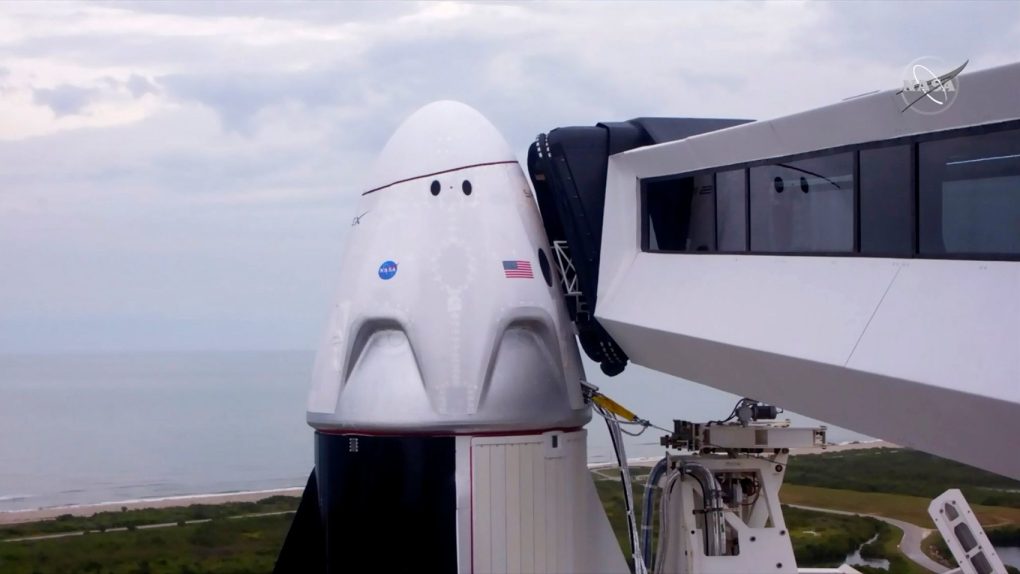- SpaceX and NASA have announced that the next crewed mission in Crew Dragon (the first non-test flight of the spacecraft) will be delayed by a week or two.
- The delay comes as SpaceX wishes to investigate some bizarre data regarding a recent Falcon 9 launch.
- The mission is now scheduled to take place by mid-November.
It’s been a busy year for both SpaceX and NASA. Despite the ongoing global health crisis, both groups have been making big moves, launching new missions, and continuing their work on various projects. The first crewed flight of SpaceX’s Crew Dragon went off without a hitch earlier this year, and NASA was eager to begin using the spacecraft for official missions sooner rather than later. Unfortunately, it looks like that’ll have to wait, at least for a little while.
In a new update posted by NASA, the October 31st Crew Dragon launch that was to carry four astronauts to the International Space Station has been delayed. The Halloween-day flight was supposed to deliver the foursome to the orbiting laboratory and mark the first time NASA had launched a “real” crewed mission from US soil in nearly a decade.
As NASA explains in its new update, the mission has been pushed back from the end of October to sometime in “early-to-mid November,” and it wasn’t entirely NASA’s decision. According to the space agency, SpaceX actually prompted the delay as it wants to examine some potentially troubling data from a recent Falcon 9 launch not related to NASA.
NASA’s statement on the delay:
Launch of NASA’s SpaceX Crew-1 mission to the International Space Station is now targeted for no sooner than early-to-mid November, providing additional time for SpaceX to complete hardware testing and data reviews as the company evaluates off-nominal behavior of Falcon 9 first stage engine gas generators observed during a recent non-NASA mission launch attempt. Through the agency’s Commercial Crew and Launch Services Programs partnership with SpaceX, NASA has full insight into the company’s launch and testing data.
“We have a strong working relationship with our SpaceX partner,” NASA’s Kathy Lueders said in a statement. “With the high cadence of missions SpaceX performs, it really gives us incredible insight into this commercial system and helps us make informed decisions about the status of our missions. The teams are actively working this finding on the engines, and we should be a lot smarter within the coming week.”
The Falcon 9 is SpaceX’s bread and butter. The rocket has proven itself to be incredibly reliable, but it can only retain that reputation if SpaceX addresses issues if and when they arise, which appears to be the case here.
Whatever the specific reason for the Falcon 9 weirdness, SpaceX seems to think it will be able to figure it out in short order, so we should be seeing the first official crewed mission in the Crew Dragon take off by mid-November.








